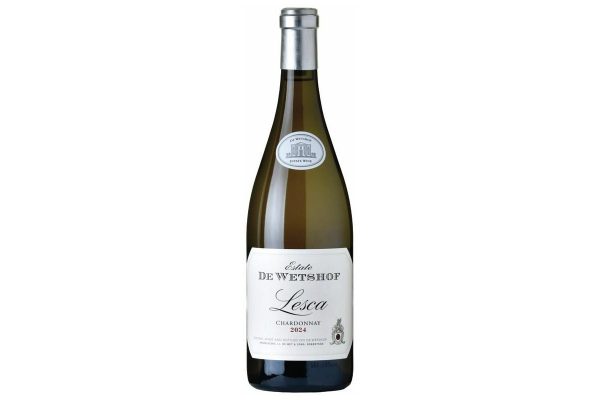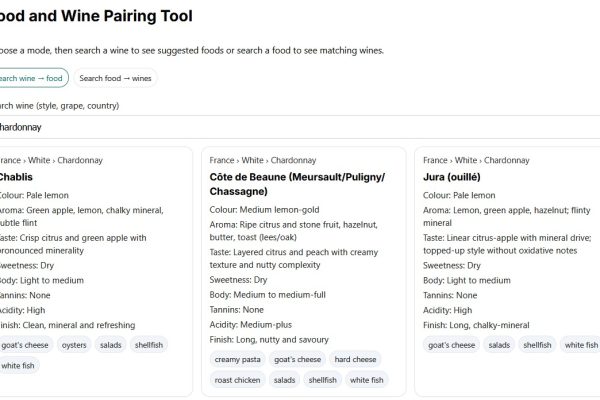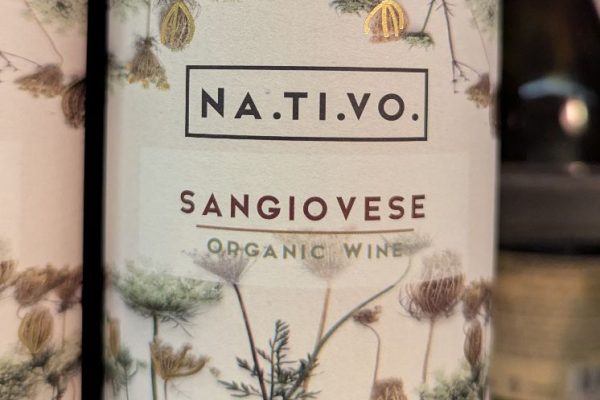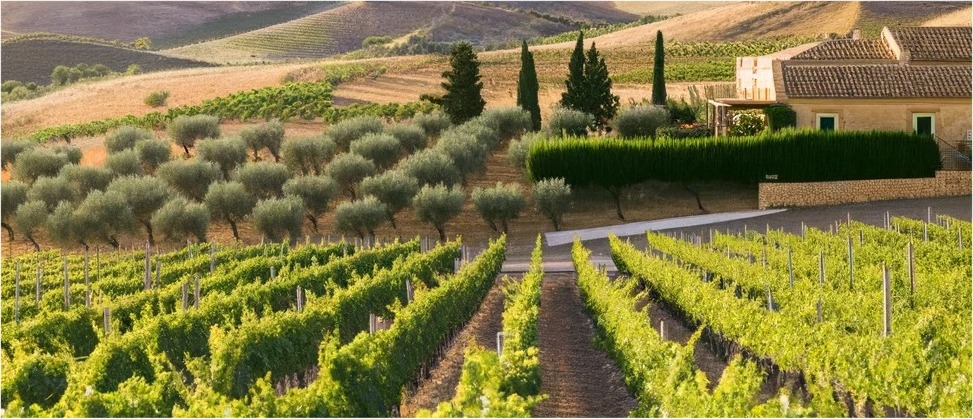
Sicily, the largest island in the Mediterranean, is not only known for its rich history and stunning landscapes but also for its vibrant and diverse wine culture. The Controlled Designation of Origin (DOC) for Sicilian wines was established on 22nd November 2011.
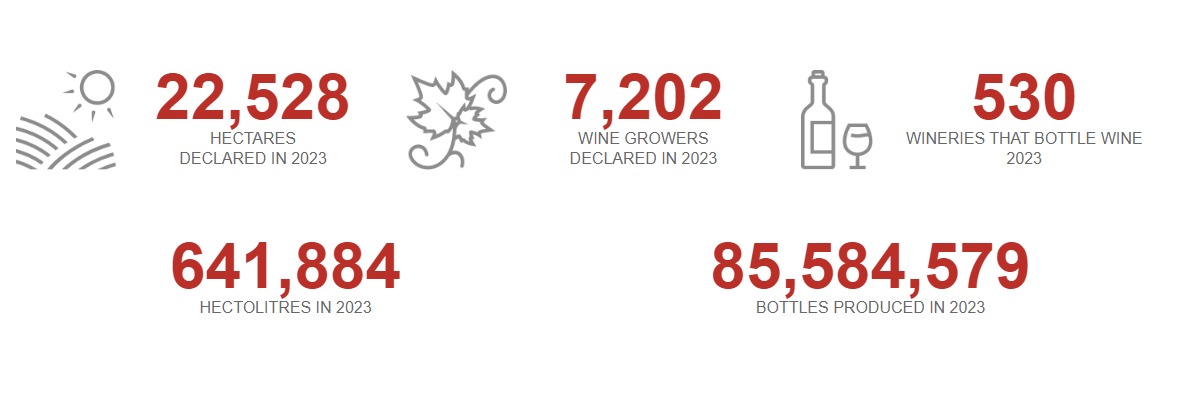
Wine Regions of Sicily
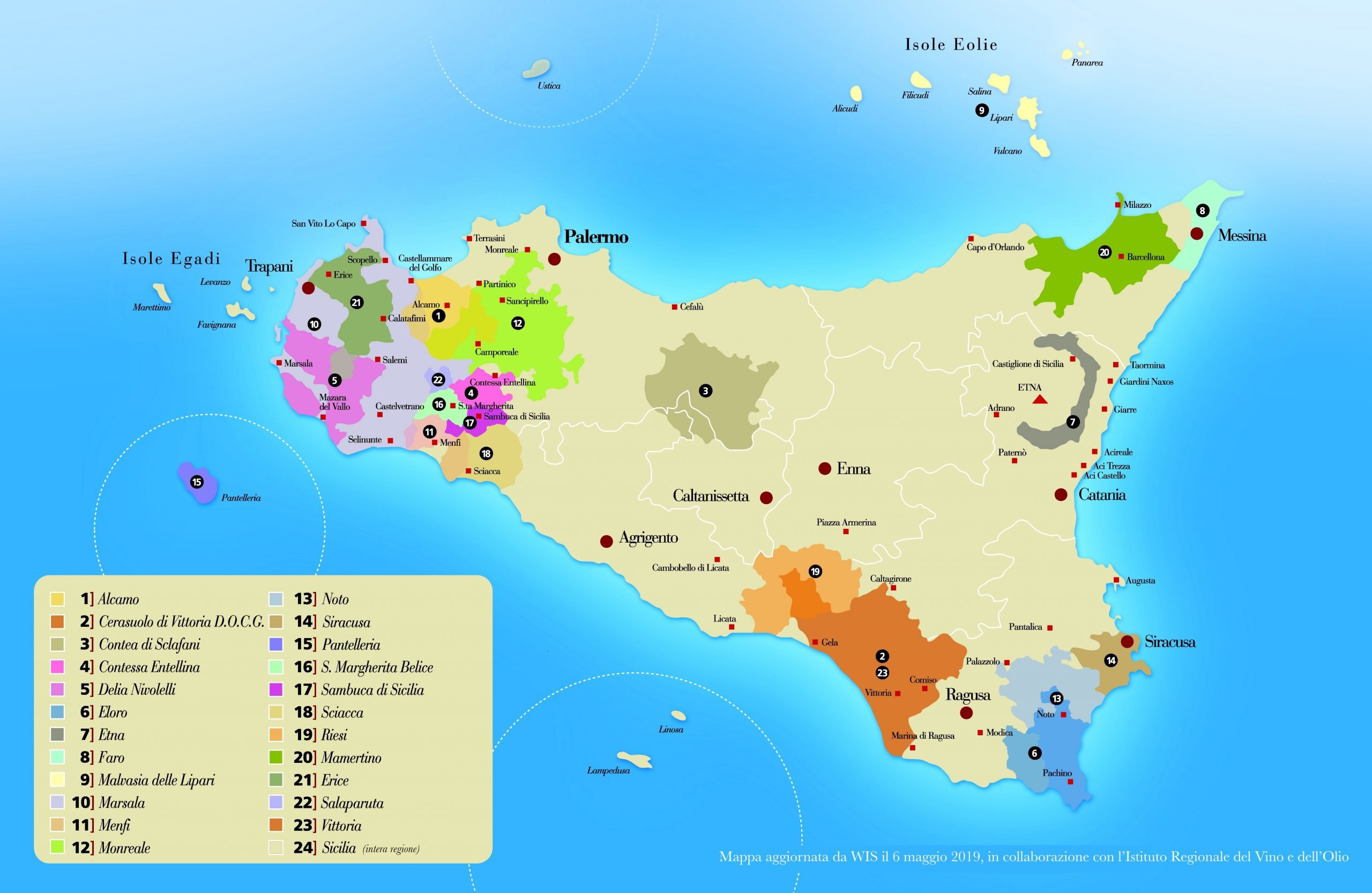
Sicily’s main wine regions can be broadly divided into several key areas, each with its distinct characteristics:
Etna
Situated around the slopes of Mount Etna, this region is renowned for its volcanic soils, which impart a unique minerality to the wines. The high altitude and cooler temperatures allow for a longer growing season, producing wines with great complexity and structure.
Marsala
Located on the western coast, Marsala is famous for its fortified wines. The region’s warm climate and coastal breezes create ideal conditions for producing rich, sweet wines that are often compared to sherry.
Noto and Eloro
These regions in the southeast are known for their robust red wines, particularly those made from the Nero d’Avola grape. The hot, dry climate is perfect for producing full-bodied, intensely flavoured wines.
Cerasuolo di Vittoria
In the southern part of the island, this is Sicily’s only DOCG region. The wines here are unique blends of Nero d’Avola and Frappato, known for their vibrant fruitiness and balanced acidity.
Menfi
This region on the southwestern coast is a hub for innovative wine producers. Menfi is known for both its indigenous grape varieties and international ones like Chardonnay and Merlot.
Grape Varieties
Sicily boasts a wide array of indigenous and international grape varieties including:
Nero d’Avola
The most famous Sicilian red grape, Nero d’Avola, produces wines that are dark, full-bodied, and often have notes of plum, black cherry, and spices. These wines can range from robust and tannic to softer and more approachable, depending on the vinification methods.
Frappato
Known for its light, floral, and fruity profile, Frappato is often blended with Nero d’Avola to create balanced and aromatic wines. On its own, Frappato produces lighter red wines with strawberry and raspberry notes.
Nerello Mascalese
Grown primarily on the slopes of Mount Etna, this red grape is often compared to Pinot Noir due to its elegance and complexity. Wines made from Nerello Mascalese have a distinctive minerality, with flavours of red fruit, herbs, and earthy undertones.
Grillo
A prominent white grape used in the production of Marsala wine, Grillo also makes excellent dry white wines. These wines are typically crisp and fresh, with citrus and floral notes.
Carricante
Another white grape from the Etna region, Carricante produces wines with high acidity and a unique minerality. These wines often exhibit flavours of green apple, citrus, and a characteristic smoky note from the volcanic soil.
Catarratto
One of Sicily’s most widely planted white grapes, Catarratto is used to produce both dry and sweet wines. It typically produces wines with moderate acidity and notes of citrus, apple, and almond.
Notable Sicilian Wines
Etna Rosso DOC
Made primarily from Nerello Mascalese and Nerello Cappuccio, Etna Rosso wines are known for their complexity, elegance, and ageing potential. These wines often feature red fruit flavours, floral notes, and a distinctive minerality.
Marsala DOC
Marsala is a fortified wine that comes in various styles, from dry (secco) to sweet (dolce). The wine is typically amber or ruby in colour and can have flavours of dried fruit, nuts, and caramel.
Cerasuolo di Vittoria DOCG
This wine is a blend of Nero d’Avola and Frappato, offering a balance of bold fruitiness and fresh acidity. It is often characterised by flavours of cherry, raspberry, and herbs.
Grillo DOC
Dry Grillo wines are fresh and aromatic, with flavours of citrus, green apple, and sometimes tropical fruits. These wines are excellent as an aperitif or paired with seafood dishes.
Passito di Pantelleria DOC
Made from sun-dried Zibibbo (Muscat of Alexandria) grapes, this sweet wine from the island of Pantelleria is rich and aromatic, with notes of apricot, honey, and dried figs.
Denominazione di Origine Controllata (DOC) and DOCG Classifications
Sicily has several DOC and one DOCG region, each with specific regulations to ensure the quality and authenticity of the wines:
Etna DOC
Covers red, white, and rosé wines made from indigenous grapes grown on the slopes of Mount Etna. The volcanic soil and high altitude contribute to the distinctive character of these wines.
Marsala DOC
Includes a variety of styles, from dry to sweet, all made using traditional methods of fortification. Marsala wines must be aged for a minimum of one year.
Cerasuolo di Vittoria DOCG
Sicily’s only DOCG, Cerasuolo di Vittoria wines must be made from 50-70% Nero d’Avola and 30-50% Frappato. The wines must also undergo a minimum ageing period of 18 months.
Noto DOC
Known for its robust red wines made primarily from Nero d’Avola, as well as aromatic white wines from Moscato and other varieties.
Menfi DOC
A diverse region producing both red and white wines from indigenous and international grapes. Menfi DOC wines must adhere to specific production and ageing regulations.
Sicilian wines are gaining international recognition for their quality and unique characteristics. From the volcanic slopes of Etna to the sun-drenched plains of Noto, the island offers a rich tapestry of flavours and styles that reflect its diverse terroir and ancient winemaking traditions. Whether you prefer robust reds, elegant whites or sweet dessert wines, Sicily has something to offer every wine lover.










